Jonangu - Gardens and Graves
| Travel Reports by Dick H | view profile of Dick H |
| previous post |
|
| Note: The opinions and views expressed in this user report are those of the individual author and do not necessarily reflect the opinions and views of japan-guide.com. |
July 3, 2014 - Jonangu - Gardens and Graves
South of Kyoto station is Jonangu, a shrine that is rarely seen by foreigners because there seems to be no
mention of it in most tour guides and books. Even in Japanese publications it is barely mentioned. The
reason may be because the buildings are quite new, having been re-built in the 1970s after being destroyed
by fire. Its five lovely gardens were also designed in the 1970s.
The shrine originated in the 8th century and was the extensive Detached Palace of Japan's 72nd Emperor Shirakawa and subsequent Emperors. The impressive tombs of Shirakawa and two other Emperors are nearby and can be seen while walking to the shrine from TAKEDA station.
TAKEDA station, where the subway surfaces and joins the Kintetsu railway, is just 4 stops (about 8 minutes) from KYOTO station. The Kintetsu railway runs overhead on a viaduct and offers good views of the Toji pagoda on the right side of the train. Be careful not to take a Limited Express because it requires an extra charge. Regular express and local trains are about 200 Yen. Since our hotel shuttle bus dropped
us off at the east end of Kyoto station, we ate breakfast in a restaurant in the station and took the subway that was nearby.
A Kyoto subway Train at TAKEDA station.
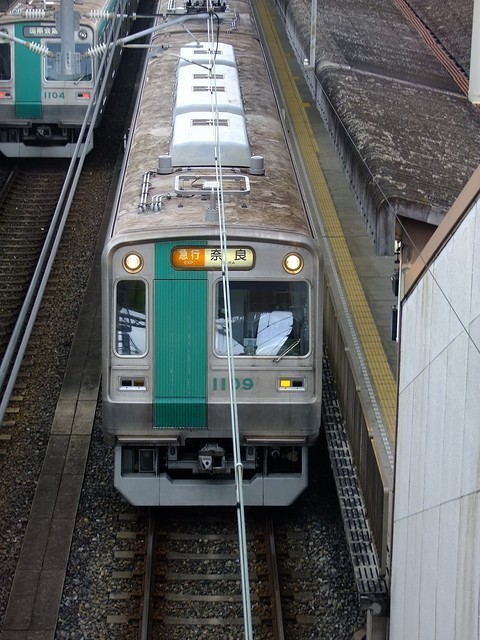
At TAKEDA go out exit 6 if you are going to walk about 10 minutes to Jonangu or exit 4 if you want to take a bus. Take Keihan bus 6, 24 or 24A and go 2 stops to JONANGU HIGASHI GUCHI (East Entrance). Walk back a few feet to the cross street, turn left and it is about a 3-minute walk to Jonangu. If you take the bus you will miss the three Emperor's tombs.
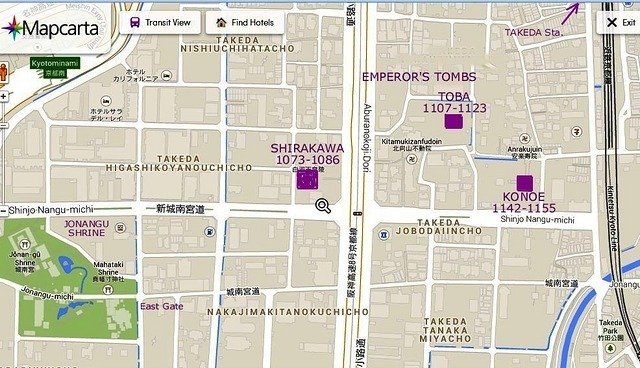
Tomb of Emperor Konoe, Emperor of Japan from 1142 to 1155.
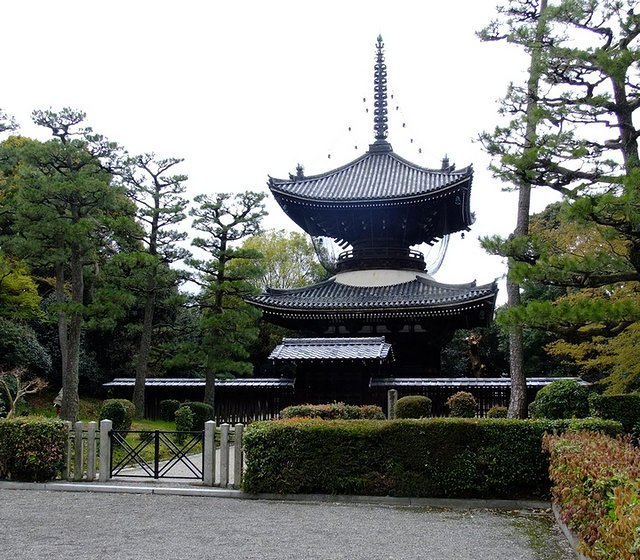
Continue down the street, turn right at the corner and soon you will see the tomb of Emperor Toba on the left.
Tomb of Emperor Toba, Emperor of Japan from 1107 to 1123.
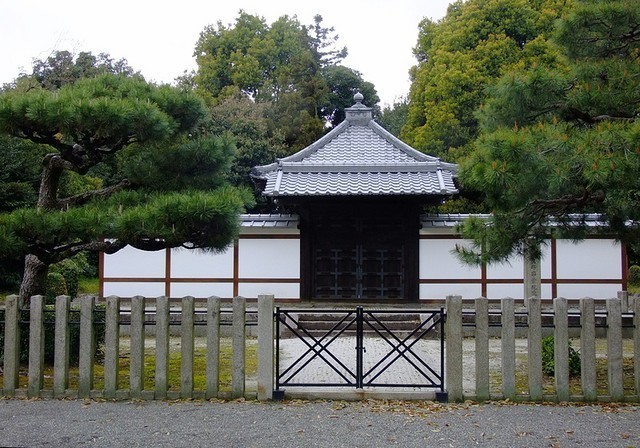
Past Toba's tomb turn left and cross the main street to Shirakawa's tomb.
Tomb of Emperor Sirokawa, Emperor of Japan from 1073 to 1086.
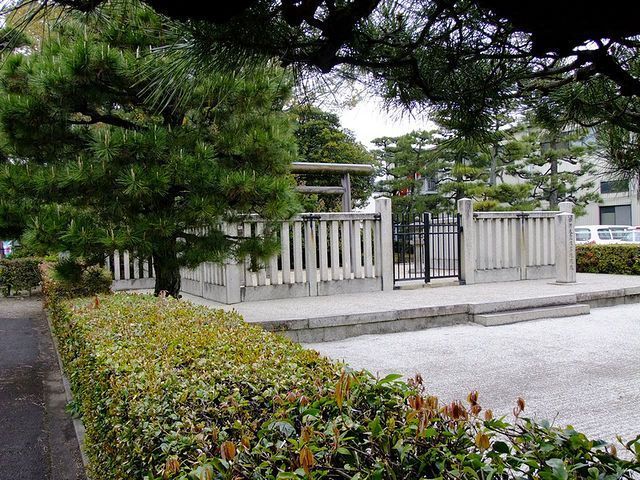
Then follow the map to the East Gate of Jonangu.
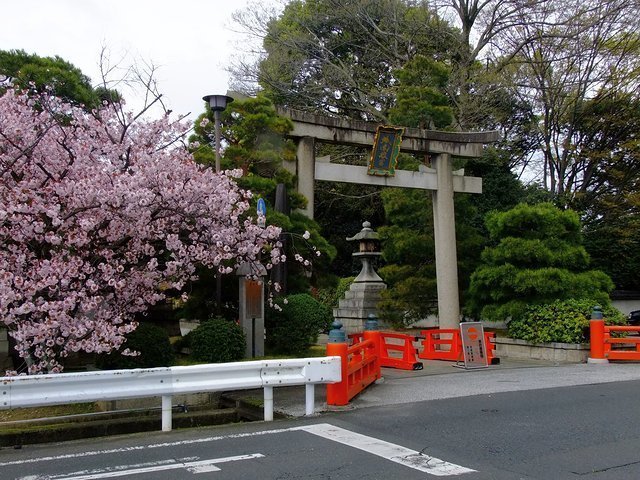
The walkway passes the small Mahataki shrine on the right and the entrance to 3 gardens on the left. We will go there later, but for now continue along the walk to the main entrance (large Torii on the right).
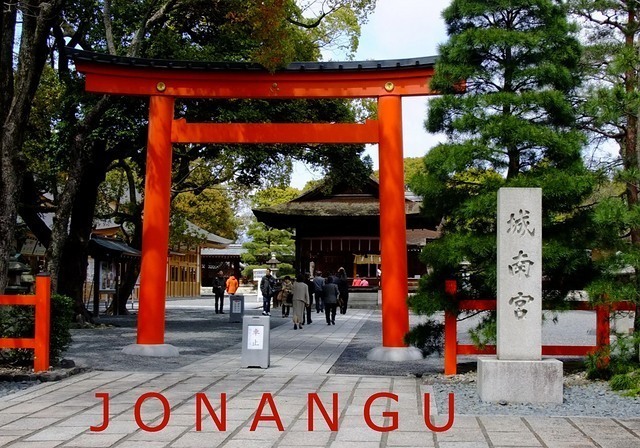
Inside the main entrance, turn left and buy a ticket (500 Yen) for all 5 gardens, then continue
along the road to the first garden, named Haru no Yama.
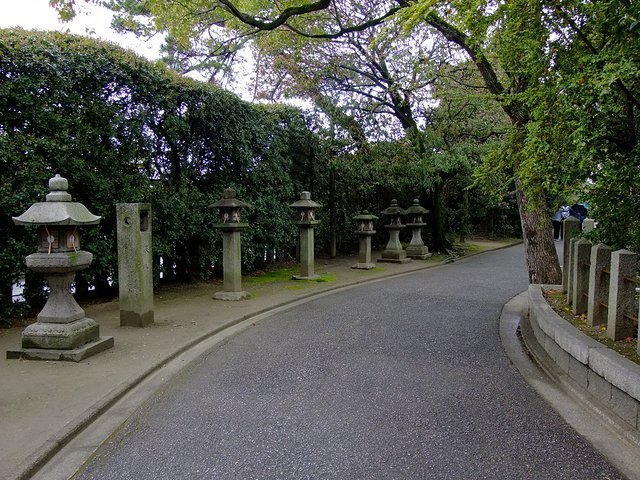
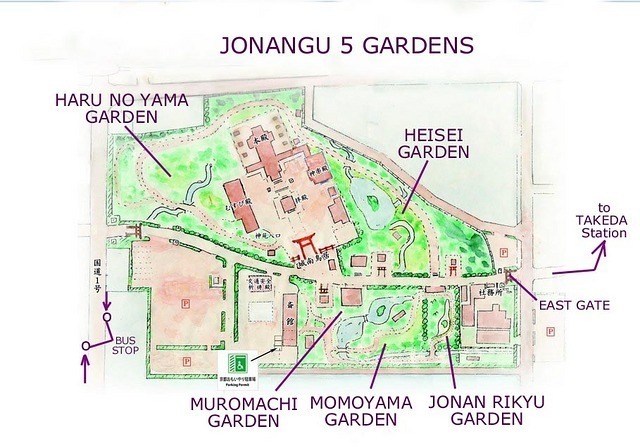
Haru no Yama Garden
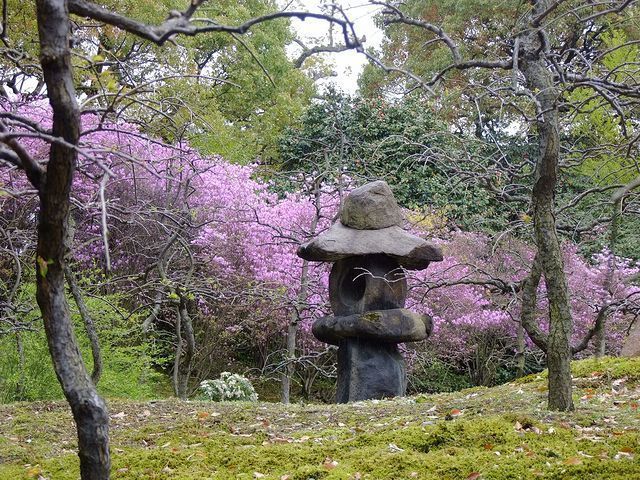
The path leads into the next garden named Heisei, with a streaam, pond and waterfalls.
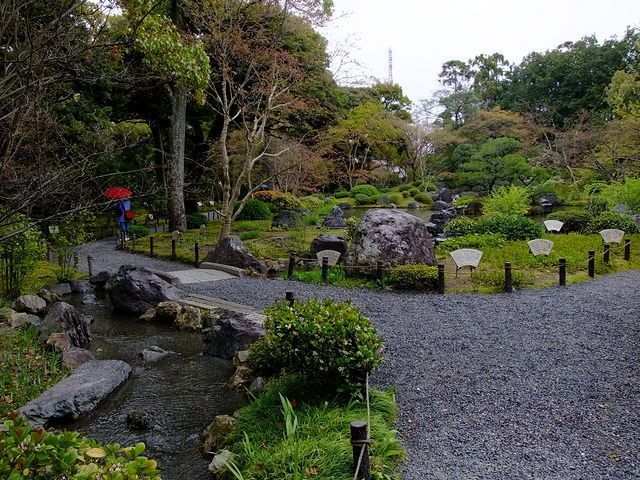
The path then goes back to the road from the East entrance. You cross the road to go to the
other 3 gardens. First is named Muromachi with a teahouse.
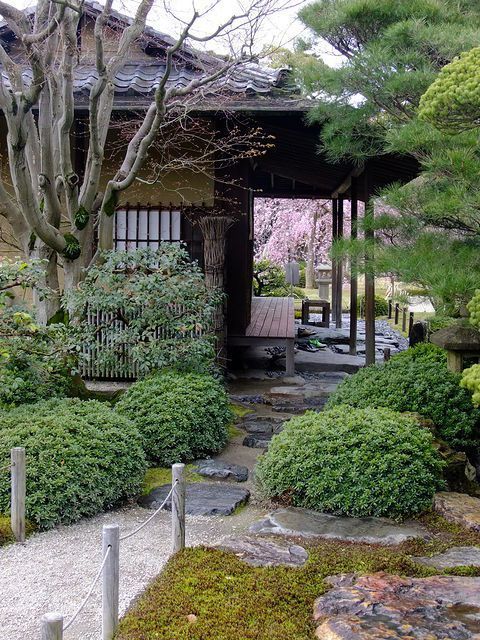
When we were there one of the shrine attendants was conducting a tea ceremony.
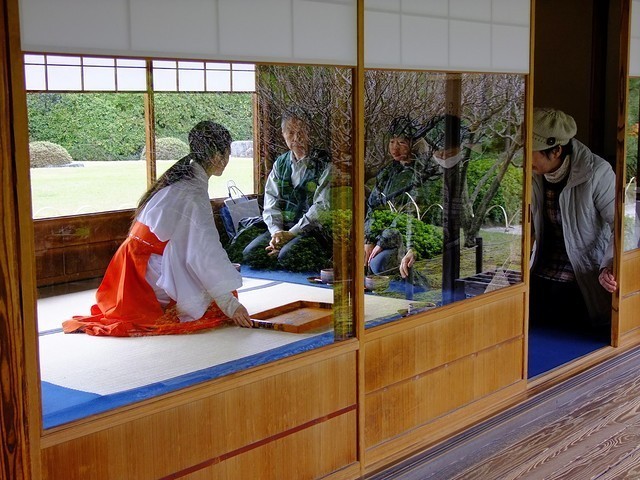
The path leads us through the Momoyama garden and, finally, to the Jonan Rikyu garden (next, and last, photo).
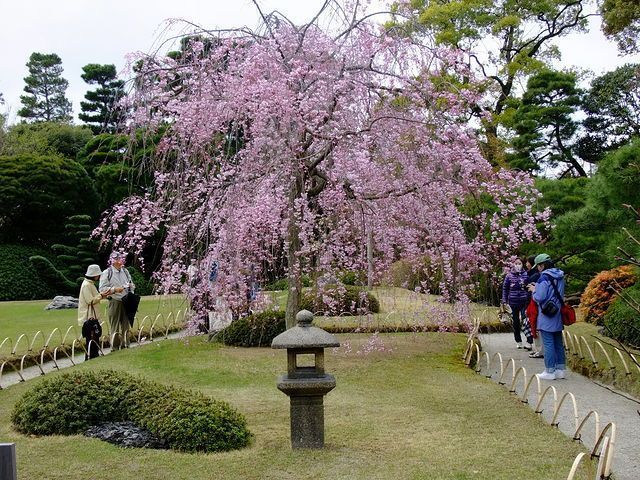
The final garden, named Jonan Rikyu.
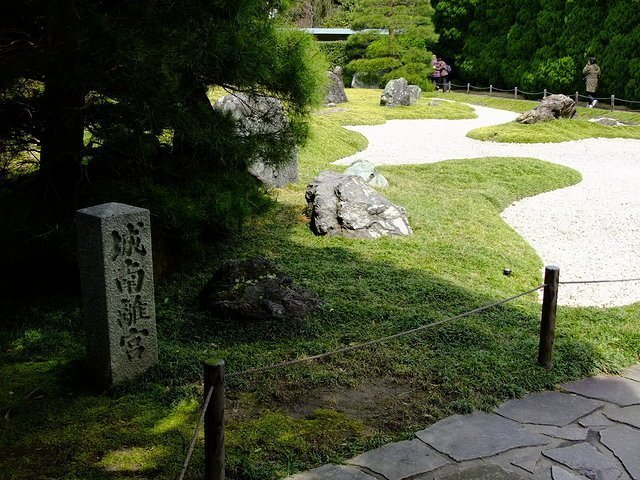
| previous post |
|
|
List of Posts:
2014/07/03 - Jonangu - Gardens and Graves 2014/05/27 - The Imperial Mausoleum at Kyoto's Sennyuji Temple |